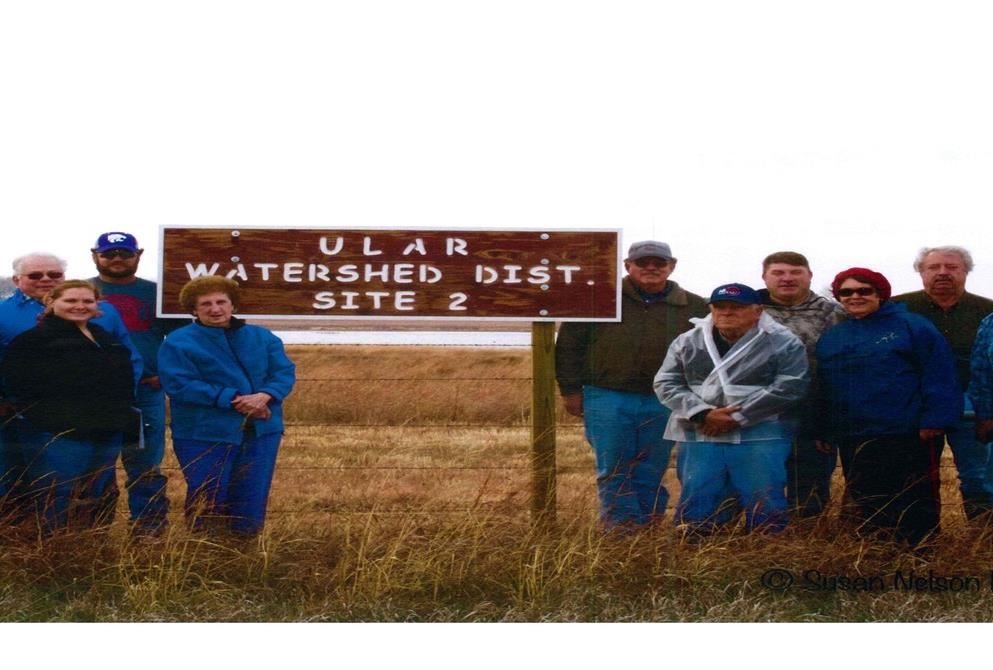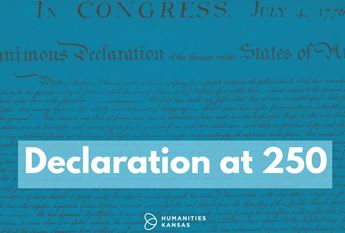

Dams, Democracy, and Cold Cuts
Jack Wempe saw democracy in action in a church basement between a podium and a cold cut tray. It featured a performance by the Notables, a band from nearby Hutchinson, and a PowerPoint presentation by a Kansas State University graduate student. Democracy in action, on view annually in central Kansas’s Rice County, makes Jack Wempe believe in the system.
Wempe, a former Kansas state legislator and member of the Kansas Board of Regents, now lives in Lyons, the seat of Rice County in central Kansas. In a September 2015 column for The Hutchinson News, Wempe described his annual visit to the board meeting of the Upper Little Arkansas River Watershed Joint District No. 95, and he claimed that such meetings “might be considered a way to keep government as close to the people as possible.”
The Upper Little Arkansas River Watershed Joint District No. 95, or ULAR, is one of 80 active Watershed Districts in the state, which cover about 28 percent of Kansas. Established by the Kansas Watershed District Act of 1953, Watershed Districts minimize flood damage along Kansas rivers. Their most common strategy, supported by local and/or federal tax dollars, is to construct dams.
Ultimately, the ULAR Watershed District provides an example of local democracy in action—a band of dedicated volunteers coming together to solve local problems with significant local input.
The ULAR Watershed District formed in 1974 when Gene Deeds delivered a petition to the Secretary of State with 315 signatures, representing 28 percent of landowners and 33 percent of the land in the proposed watershed. The successful petition created a district covering more than 160,000 acres along the Upper Arkansas, which runs north to south through the eastern half of Rice County.
Over the past 42 years, the ULAR Watershed built 10 structures in attempts to control the Little Arkansas and plans to construct 8 more. The District has two people on payroll—one office worker at District headquarters in Little River, and one part-time maintenance person to care for the aging dams. The rest of the 4-mile levy goes right into new dams for flood control, and all board members serve as volunteers.
According to Wempe, “exact cost/benefit studies are difficult [but] the benefit to farmers avoiding crop loss and to taxpayers avoiding damage to roads and bridges is obviously immense.” In a state that still has clear memories of big floods in 1951 and 1993, that peace of mind is more than worth the tax bill.
Ultimately, the ULAR Watershed District provides an example of local democracy in action—a band of dedicated volunteers coming together to solve local problems with significant local input. Jack Wempe doesn’t even own property in the ULAR District any more, but still makes a point of attending the yearly meeting because he likes “the idea of a shared objective that has lasted 41 years and appears to have no inclination to end.”
Photo by Susan Nelson.



